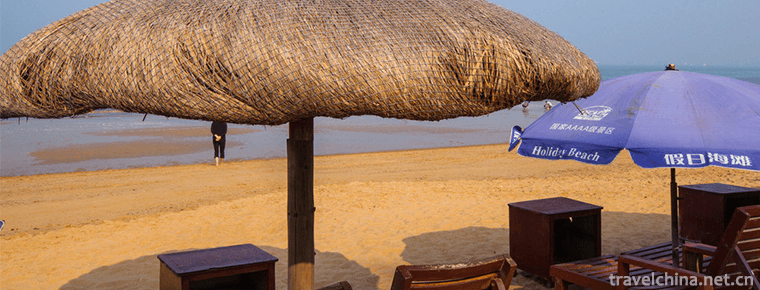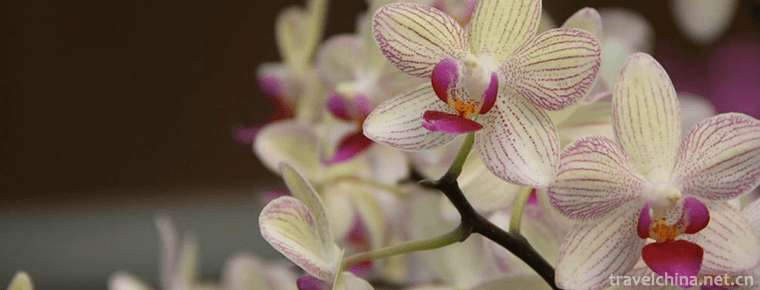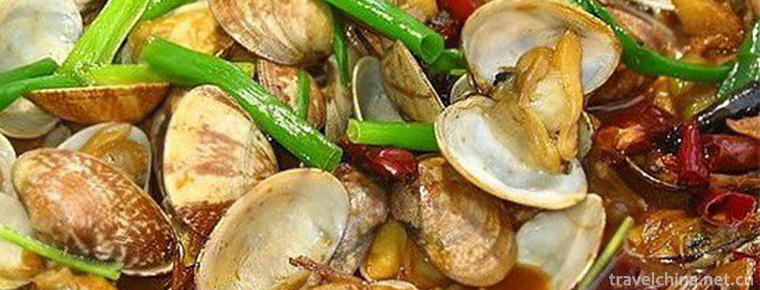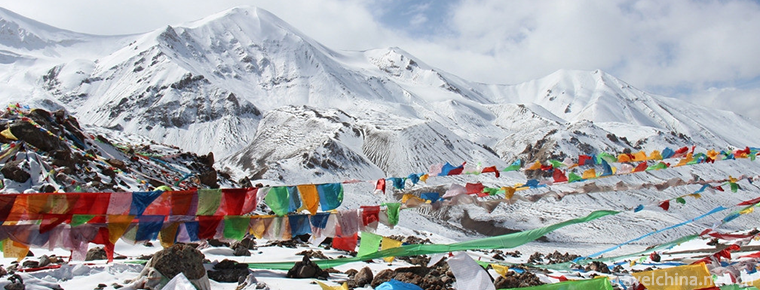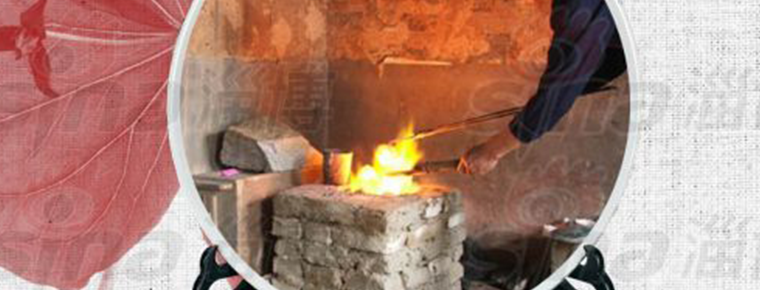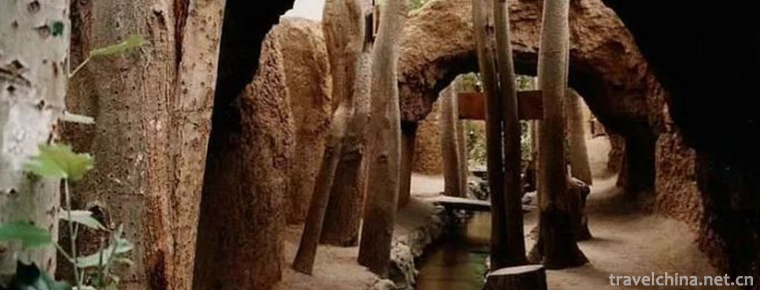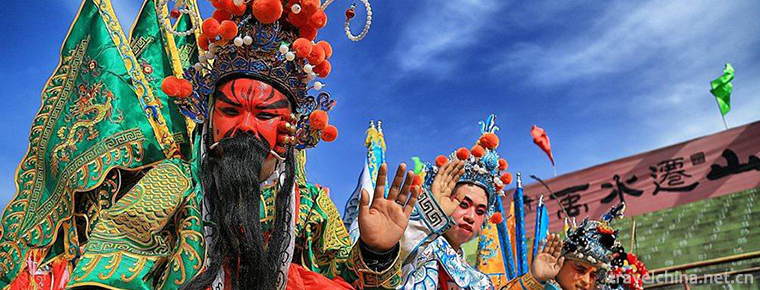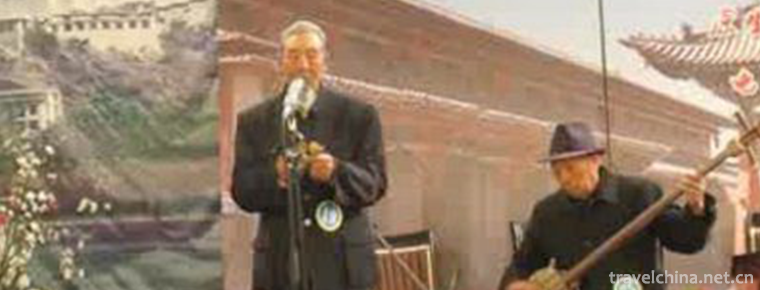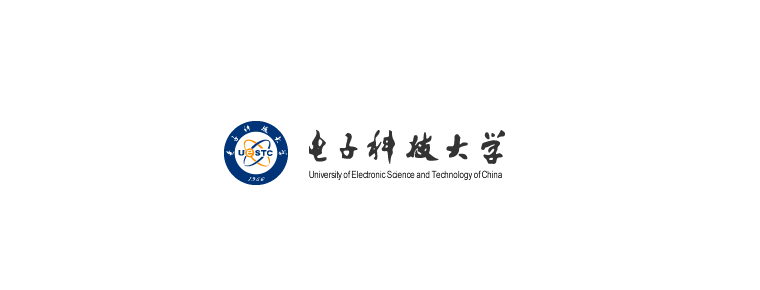Donghe Opera
Donghe Opera
Donghe Opera, one of the national intangible cultural heritage, is a traditional drama in Donghe area of Ganzhou City, Jiangxi Province.
Because it was formed in the Gongshui River basin in the east of Ganzhou, it is called Donghe Opera. The chaotic ballistic tune in Donghe Opera first positioned its audience at the lower level of the people, which has local characteristics. Donghe Opera is based on Gaoqiang Opera, gradually integrating Kunqu Opera, Yihuang Opera, Guiju Opera, Anqing Opera, Yiban Opera, North-South Opera, Yangko Opera and so on. It has developed into a relatively complete local opera with Gao, Kun and Tan three loud tunes.
On November 11, 2014, Donghe Opera was approved by the State Council of the People's Republic of China to be listed in the fourth batch of national intangible cultural heritage, numbered IV-162.
historical origin
As an ancient local folk art, Donghe Opera has undergone a complex process of development. As early as the Jiajing period (1522-1560), in Tiancun and Egret, where Ganxian County borders Xingguo in the Donghe River Basin, there was a popular sitting class that sang stories with Gaoqiang Qupai. On auspicious festivals, when the gods returned their wishes, the sitting class sang a "Taoist tune" influenced by Yiyang tune. This kind of sitting class did not dress up as a performance, but sat around the table and sang with Qin in a simple and flexible form. ,故特别为当地百姓喜爱,这种坐堂班被历代艺人和戏曲研究家认定为东河戏的胚胎,并于万历年间搬上舞台。 According to the local people, in the period of the popularity of the class, every meeting of greeting gods in the countryside, male and female children must be selected to dress up as wonderful pictures in the stories of fairies and Buddhas and popular operas, and parade on their shoulders. Local people commonly called "dressing up as stories", this tradition is still being followed. The form of "dressing up as a story" developed to stage singing with high-pitched opera as the main part, forming a rudimentary form of Donghe opera.
In the period of the popularity of sitting class, every countryside god-greeting contest, male and female children must be selected to act as fairy gods and Buddhas in myths and legends and popular figures in operas, and people will be carried on their shoulders and paraded in the countryside. In the three years of Shunzhi in Qing Dynasty (1646), Liu Renquan, a Mubu native, set up a troupe to sing Gaoqiang Opera, called "Yuheban", which was the earliest and longest-standing troupe in Donghe Opera. "Jade Joint Class" mainly performs high-pitched Liantai operas, such as "Mulian Zhuan", "Journey to the West", "Romance of the Three Kingdoms", "Xiangshan Ji" and "Fengshenbang". These operas are a series of operas that can perform for more than ten days. The most famous one is "Mulian Zhuan", which the local people remember most vividly is its "rake". This means that there are some special effects in the play. Rake is a kind of three-edged iron fork. Actors often use rake to chase people's head, armpit and crotch. The action of startling the face can make the audience stare at themselves. Mulou Zhuan expresses the plot through these difficult stunts. In Wutai Meet, Yang Sanliang imitates the manner of eighteen Arhats and has his own set of formulas, which are vivid. "Tieshu Zhuan" performed Xu Zhenjun to surrender the evil dragon. The scene of group singing and dancing was magnificent and vigorous, so it was praised by people at that time. "Jade Joint Class" has always been very powerful, and derived many theatres, and most of them are named after "Jade", such as the Jade Hi-Tai Class and the Jade Qing-Tai Class.
A few years later, in the eleventh year of Shunzhi in Qing Dynasty (1654), a group of Kunqu opera children came from Suzhou. In Tiancun, a "Snow-gathering Class" (later renamed "Ningxiu Class") was set up to sing Kunqu opera. Gao Qiang and Kun Qiang permeate each other. The formation of these two groups marks the beginning of the formation of an opera genre in Ganzhou that mainly sings Gao Kun.
There is a local story about the establishment of the "Snow-gathering Band" mainly composed of Kun Opera. According to legend, there is a wealthy businessman named Xie Guotai in the Donghe River Basin. He has been doing business in Suzhou for many years and has accumulated a lot of capital. As he has been in Suzhou for a long time and loves Kunqu Opera, when he returned home, he bought a group of Kun Opera actors and brought them back to Ganxian and formed the "Snow-gathering Band". The performance of "Juxue Ban" is very conservative. It refuses to absorb the artistic features of ballistic cavity, so it has certain limitations in its development. However, the performance of "Snow-gathering Class" is very standard, meticulous and pays attention to the stage image, so it is welcomed by the upper class. Many literati, local gentry and local officials like it very much.
In Kangxi, Donghe Opera absorbed Yihuang Diao, or Erfan for short. After Xianfeng, it also absorbed Gui Opera Xipi Opera, Anqing Opera, Yiban Opera, Dagger Tune, Yangko, etc. The riddles made Donghe Opera chaotic tune mainly composed of Erfan Xipi, and absorbed a complete system of Anqing tune and Southern and Northern Ci. There were many plays in Pihuang Opera, with historical themes of various countries, Qin and Han Dynasties, the Three Kingdoms and Tang and Song Dynasties as the main subjects. And so on, singing the North and South Ci are "An An Send Mi", "Dong Bin Pai Dan" and so on; others, such as "Little Cattle", "City Watch Girl", "Flower Drum", "Da Bu Tan", and so on, also have their own special tunes.
During more than 100 years from Qianlong to Tongzhi, Donghe Opera has been the development peak and the most widely spread. At that time, there were 49 professional classes and performances in Hedong alone. According to incomplete statistics, there were 252 kinds of high-pitched tunes, 96 kinds of Kun tunes and 655 kinds of ballistic tunes. The popular areas developed to the counties in southern Jiangxi and Ji'an areas, as well as the sub-regions of Western Fujian, northern Guangdong and Meizhou, Chaozhou and Western Hunan. Since then, it has absorbed Yihuang Opera, Guiju Opera, Anqing Opera, Yibang Opera, Xingguo Ci Poetry, etc. and developed into a relatively complete local opera, Donghe Opera, which has three loud tunes: Gao, Kun and Tan. It has become the "Ganzhou First Opera" affecting the Donghe area of Ganzhou.
During the Second Civil Revolutionary War, Donghe Opera actors devoted themselves to the revolution and created the images of Mao Zedong, Zhu De, Peng Dehuai and other great revolutionaries on the stage, thus expanding the influence of the Red Army. In the 1960s, Ganzhou Donghe Opera developed rapidly, digging out and sorting out a number of excellent traditional plays such as Fengshen, Legend of White Snake and Mad Monk Sweeping Qin Dynasty. In 1956, the Ganzhou Donghe Opera Troupe rehearsed the play "Lieutenant Chi Gong" and went to Huairen Hall in Zhongnanhai, Beijing, to give a performance to the national leaders. In 1964, Donghe Opera (then known as Ganzhou Gan Opera Troupe) and Gannan Qi Opera Troupe were merged into Ganqi Opera Troupe. In 1980, most of the young and middle-aged actors in charge of culture returned to the team. In 1981, Jiangxi School of Literature and Art opened Donghe Opera Troupe in Gannan Branch School. Ten male and ten female students were recruited. Please return to some of the old artists who are still alive to teach.
Inheritance and protection
Inheritance value
Donghe Opera is one of the oldest dramas in Jiangxi Province, and it is also the artistic wealth created by Hakka sages. It is rich and colorful, unique style, strong plasticity, rich local flavor, based on rural performance forms, won the favor of different levels of audiences.
Inheriting characters
Zhong Lixuan, male, is the representative successor of the fifth batch of state-level intangible cultural heritage projects. He declared in Ganxian District, Ganzhou City, Jiangxi Province. Declaration items: Donghe Opera.
protective measures
In 1964, Donghe Opera and Gannan Qi Opera Troupe were merged into Ganqi Opera Troupe.
In 1981, Jiangxi Literature and Art School set up Donghe Opera Troupe in Gannan Branch School. Ten male and ten female students were recruited. Please return to some of the old artists who are still alive to teach.
For the inheritance of Donghe Opera, Zhong Lixuan, the national representative successor of Donghe Opera, has trained a large number of apprentices, whose inheritors are Zhong Lieyong (clown), Xie Xiaohui (Shengjiao), Zhong Xiaoqing (Laosheng), Zhong Yisheng (Xiaosheng), Zhong Xiangying (Danjiao), Chen Jianhua (Danjiao) and more than ten other people, and their roles are complete. In addition, he also served as a tutor of Donghe Drama in Tiancun Central Primary School. Through apprenticeship and class teaching, many of them have become the backbone of Donghe Opera, contributing to the inheritance and development of Donghe Opera.
social influence
Important activities
In 1956, the Ganzhou Donghe Opera Troupe rehearsed the play "Lieutenant Chi Gong" and went to Huairen Hall in Zhongnanhai, Beijing to give a performance.
In 2010, Ganzhou Hakka Eco-cultural Tourism Festival and Ganxian Cherry Blossom Festival were held in Ganzhou, China. Zhong Liexuan, the national representative successor of Donghe Opera, organized a troupe to participate in the folk opera performance.
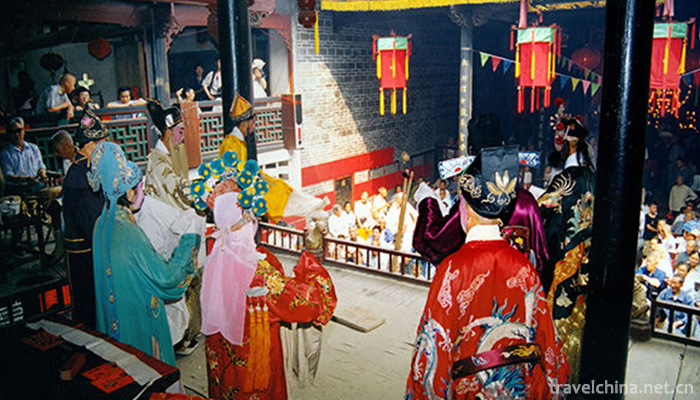
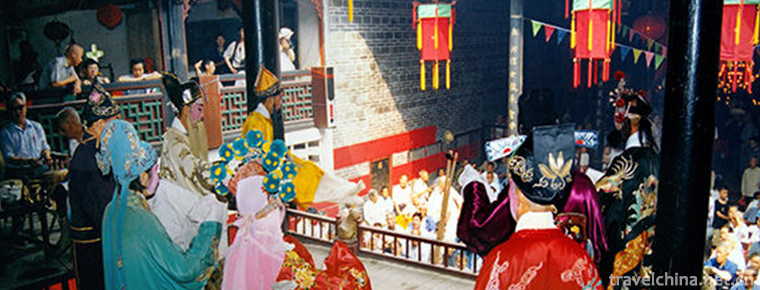
Donghe Opera
-
Holiday Beach
Holiday beach is located on the west coastal avenue of Haikou City, which is 6 kilometers long. On the left side is the verdant forest belt of ephedra, with resorts, hotels, playgrounds and so on
Views: 329 Time 2018-12-23 -
Yanling National Flower and Tree Expo Park
Yanling National Flower and Tree Expo Park (Yanling Flower and Tree Expo Park) is located in the eastern part of Xuchang City, Henan Province.
Views: 130 Time 2019-02-28 -
Babao raw shell fresh shellfish
Babao raw shell fresh shellfish is a traditional famous dish in Shandong Province, which belongs to Shandong cuisine. It is made of fresh shellfish, pure winter bamboo shoots, watery mushroom, shrimp,
Views: 215 Time 2019-03-27 -
Legend of Anima Qingxueshan
The Legend of Anima Qing Snow Mountain refers to the legendary Anima Qing Mountain God, who is a powerful and upright God riding a high-headed white horse, holding a Mani bag (a treasure).
Views: 201 Time 2019-03-28 -
Brewing Techniques of Sufu
Sufu brewing technology, the traditional technology of Haidian District, Beijing, is one of the national intangible cultural heritage.
Views: 224 Time 2019-04-30 -
Smelting Technology of Gold Chute Stone fill Stove
The smelting technique of gold chute rockfill stove was first seen in the history of Song Dynasty. Since the fourth year of Jingde in the Song Dynasty, Minister Pan
Views: 272 Time 2019-05-04 -
Cutting Skill of Kaner Well
Kanerjing is the meaning of "well hole". It has been recorded as early as in Historical Records. It is called "well canal", while Xinjiang Uygur language is called "Kanerzi&qu
Views: 152 Time 2019-05-08 -
Folk fire Min Jian She Huo
Folk society fire is a kind of folk entertainment popular in China during the Spring Festival. It is widely spread in Shaanxi, Shanxi, Hebei, Henan, Liaoning and other provinces. On May 20, 2006, Folk
Views: 176 Time 2019-06-05 -
Qinghai Lower String
Qinghai Xixian, which originated in the late Qing Dynasty, is one of the traditional folk arts native to Qinghai. It is a sitting and singing art, singing alone or in pairs.
Views: 261 Time 2019-06-11 -
Tiger Sheng of Yi Nationality
Tiger Sheng of Yi nationality is a magical traditional dance of Yi nationality. The Yi people worship tigers and take tigers as totems. It has been said since ancient times that tigers are the people
Views: 189 Time 2019-07-12 -
University of Electronic Science and Technology Of China
Located in Chengdu City, Sichuan Province, the University of Electronic Science and Technology, formerly known as the Chengdu Institute of Telecommunication Engineering, was deployed by Premier Zhou E
Views: 202 Time 2019-08-31 -
Wawushan National Forest Park
Wawushan National Forest Park is located in Hongya County, Meishan City, west of Sichuan Basin. It is 180 kilometers away from Chengdu and 100 kilometers away from Leshan. As of 1993, the park covers an area of 65869.80 hectares, rich in vegetation resources
Views: 123 Time 2020-10-15
